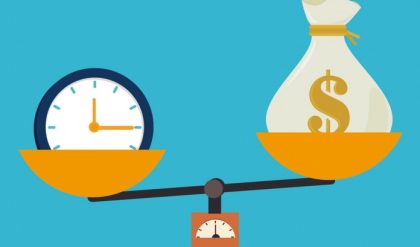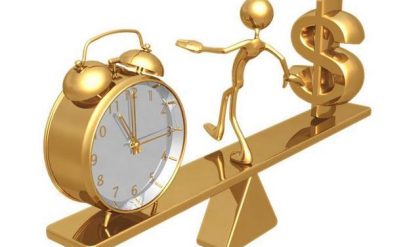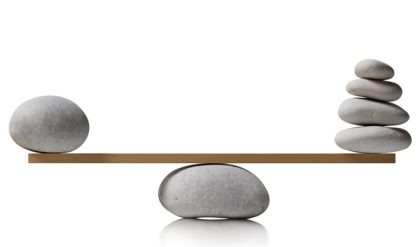For citizens of different countries to conduct trade, they have to buy and sell each other’s currencies. The price of a nation’s currency, expressed as an amount of a second country’s currency, is referred to as the exchange rate. As exchange rates play a significant role in trade and capital flows, it is an important concept in macroeconomics.
The nominal exchange rate is the type of exchange rate that is referenced most often in business discussions. When reports talk of the dollar being worth 1.35 euros or 85 Japanese yen, they are referring to the nominal exchange rate. The real exchange rate is a bit more academic – it is the amount of goods or services from one country that can be traded for another country’s goods and services. It can be expressed as the equation: (nominal exchange rate x domestic price) / foreign price.
There are basically two types of international exchange rate systems – fixed and floating. In a fixed exchange system, countries establish the ratio of their currencies and then commit to maintaining those rates. A country supports fixed rates by buying (or selling) foreign reserves in response to changes in demand for the currency.
From day to day, there is minimal change in a fixed rate system – if the exchange rate between dollars and euros is fixed at 1:1.25, businesses, governments and individuals can typically count on that rate being in force at any given time. This is often seen as convenient for companies conducting international trade as it removes the risk and unpredictability of exchange rates.
Fixed rates were commonplace throughout the 19th and 20th centuries, with gold serving as the underlying standard and the British pound serving as the global reserve currency (in other words, almost all countries would accept gold or British pounds to settle accounts). Near the end of World War 2, the Bretton Woods Agreement came into being and largely governed foreign exchange rates into the early 1970s, with fixed rates and the U.S. dollar becoming the new world reserve currency. In practice, most countries have found that a fixed exchange system is too limiting and too expensive to maintain, and as of the early part of the 21st century, China is the only major economy to maintain such a system. (For more on fixed exchange rates, check out The Pros And Cons Of A Pegged Exchange Rate.)
In contrast, a country can elect to allow the market to set the value of its currency. This is called a floating exchange rate system. If a country has floating exchange rates, foreign exchange rates are subject to the same rules of supply and demand as any other good. When there is increased demand for a currency, its value increases relative to other currencies. This demand can be driven by consumer tastes (a preference for goods from that country), relative incomes, relative inflation and outright speculation.
Not surprisingly, exchange rates are typically much more volatile in a floating environment; some economists have estimated that rates have been at least twice as volatile since the end of the Bretton Woods system. (To learn more about the difference of fixed and floating exchange rates, read Currency Exchange: Floating Rate Vs. Fixed Rate.)
What determines exchange rates?
One theory, called purchasing power parity (PPP), holds that the ratio of two countries’ exchange rates should equal the ratio of the prices of identical goods in those two countries. If a gold coin is worth $1 in the United States and the same gold coin would be worth 100 yen in Japan, PPP says that the exchange rate should be $1:100Y. By extension, then, purchasing power parity also holds that changes in relative inflation rates tie into changes in exchange rates.
This theory works mathematically and logically; if there was not such a state of parity, one could buy goods in the “cheap” country, sell them in the more expensive country and reap risk-free profits.
In the real world, though, this theory does not strictly hold true. Not only are there expenses involved in shipping, but there are various trade barriers and tax issues involved. What’s more, the notions of specialization and comparative advantage suggest that goods are not exactly the same – some countries can produce goods at lower cost than other countries. Still, when considering price levels on the whole this is less problematic and the theory is somewhat more useful.





